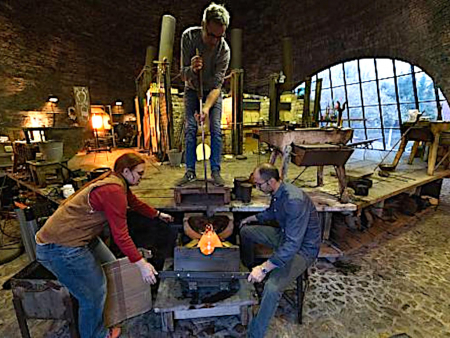Glassmaking Techniques Inscribed As Intangible Cultural Heritage Of Humanity

On 6 December 2023, the Intergovernmental Committee for the Safeguarding of the Intangible Cultural Heritage, meeting in Kasane (Botswana), decided to add knowledge, craft and skills of handmade glass production to the Intangible Cultural Heritage of Humanity list. This application, coordinated by the French Ministry of Culture, was jointly nominated with the Czech Republic, Finland, Germany, Hungary and Spain. Handmade glass production has certain specificities across the submitting states, but there are many common traits and steps in the production process.
Traditional handmade glass production entails shaping and decorating hot and cold glass to produce hollow glass objects, flat glass and crown glass. It is characterised by the high degree of craftsmanship inherent to the work and by strong team values due to the need to respect the previous steps performed by other glassmakers. Most practitioners work in small or medium-sized glassworks or studios.
The knowledge and skills related to handmade glass production are transmitted within families or through apprenticeships in glassworks. The practice is also transmitted through formal training, such as in vocational schools, high schools, colleges, and universities. The characteristics of handmade glass production generate a strong sense of belonging, respect, and solidarity among practitioners.



